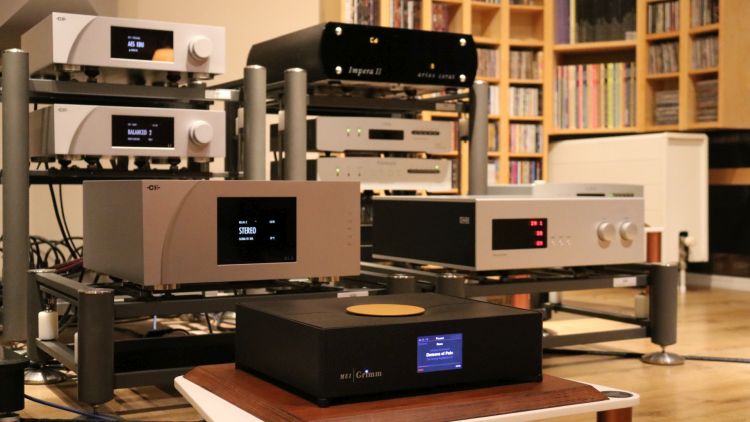Hi all. I recently made a post on this subject relating to the Westminster, Quest pre-amplifier my firm imports into the US (post# 184 in
Re-imagining Class A Amplification thread).
Today when perusing some of my favorite high-end audio websites, I came across this in depth review by a professional reviewer and frequent contributor on WBF, Mr. Christian Punter. I have the feeling that many members are contemplating this question as more and more members migrate to digital only system. No dissing vinyl. I will forever remain a die-hard fan!
Check it out and weigh in with your own views and experiences on this important subject.

 www.hifi-advice.com
www.hifi-advice.com
Re-imagining Class A Amplification thread).
Today when perusing some of my favorite high-end audio websites, I came across this in depth review by a professional reviewer and frequent contributor on WBF, Mr. Christian Punter. I have the feeling that many members are contemplating this question as more and more members migrate to digital only system. No dissing vinyl. I will forever remain a die-hard fan!
Check it out and weigh in with your own views and experiences on this important subject.

Analog Preamplifiers in a Digital Streaming World
Now that most DACs are equipped with volume control so that they can be connected to a power amp directly, what could there be to gain by switching another component in the signal chain? In other words, when everything on the source end is digital, what is the use of a pure analog preamp? With...
 www.hifi-advice.com
www.hifi-advice.com










